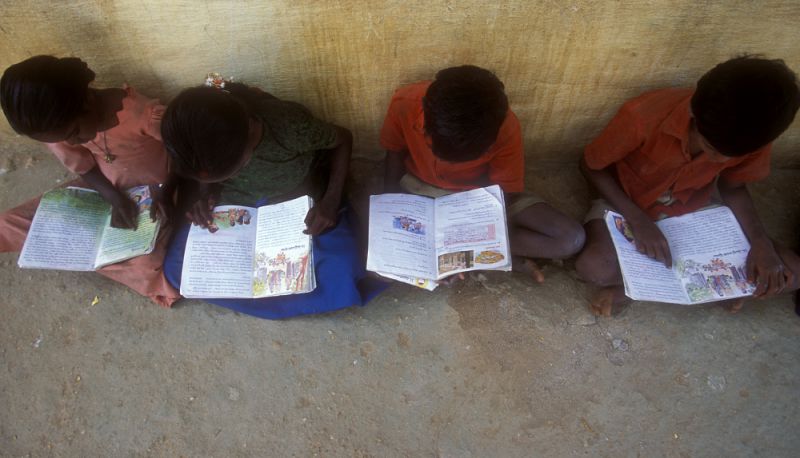By: Naimul Haq
Send to a friend
The details you provide on this page will not be used to send unsolicited email, and will not be sold to a 3rd party. See privacy policy.
[DHAKA] Targeted teaching helps Bangladeshi pupils learn how to limit the health risks of climate change, a study shows.
A group of epidemiologists tested the knowledge of two groups of high-school children about climate change and health protection. The first received three days of lessons based on a school manual covering climate change and associated health risks from disease and severe weather. The students also got the manual to study at home.
“In the future, these grown-up boys and girls can contribute in many mitigation efforts on climate change.”
Shamsul Gafur Mahmud, WHO
The second group was given a leaflet containing a general message on climate change and health. Both groups had weekly discussions with a science teacher on this topic for six months.
Overall, the trial involved over 3,000 students from 60 schools in seven coastal districts, which were selected because they are particularly vulnerable to climate change and extreme weather.
The researchers found that children in the group with the manual scored 17 per cent higher in tests on climate change knowledge after six months than those without the manual. The study was published in PLOS One on 7 August.
“We rigorously evaluated the effectiveness of this intervention, which was proved significantly effective,” says Abul Hasnat Milton, an epidemiologist at the University of Newcastle in Australia. “Therefore, the findings could be extrapolated particularly in the coastal areas that are vulnerable to climate change.”
The manual can help children prevent health problems related to climate change, adds lead author Iqbal Kabir, from the same university. “For example, if a child knows that in post-monsoon season Aedes aegypti mosquitoes breed in household freshwater containers, which is the cause of the climate-sensitive disease dengue, then he or she could come forward with peer groups to prevent the transmission of this disease,” Kabir says.
The paper recommends providing the textbook to all schools in least developed countries to mainstream risk awareness in the education system and protect people’s health from climate change.
Atiq Rahman, executive director of sustainable development research institute the Bangladesh Centre for Advanced Studies, agrees. “Climate change is a long, drawn [out] phenomenon. As these children grow up, they will find this knowledge useful in their own decision-making,” he says, adding that children can also influence their parents’ decisions.
The manual was developed by the Bangladeshi government based on one created by the World Health Organization’s South-East Asia office.
References
Iqbal Kabir and others Child centred approach to climate change and health adaptation through schools in Bangladesh: a cluster randomised intervention trial (PLOS One, 7 August 2015)














